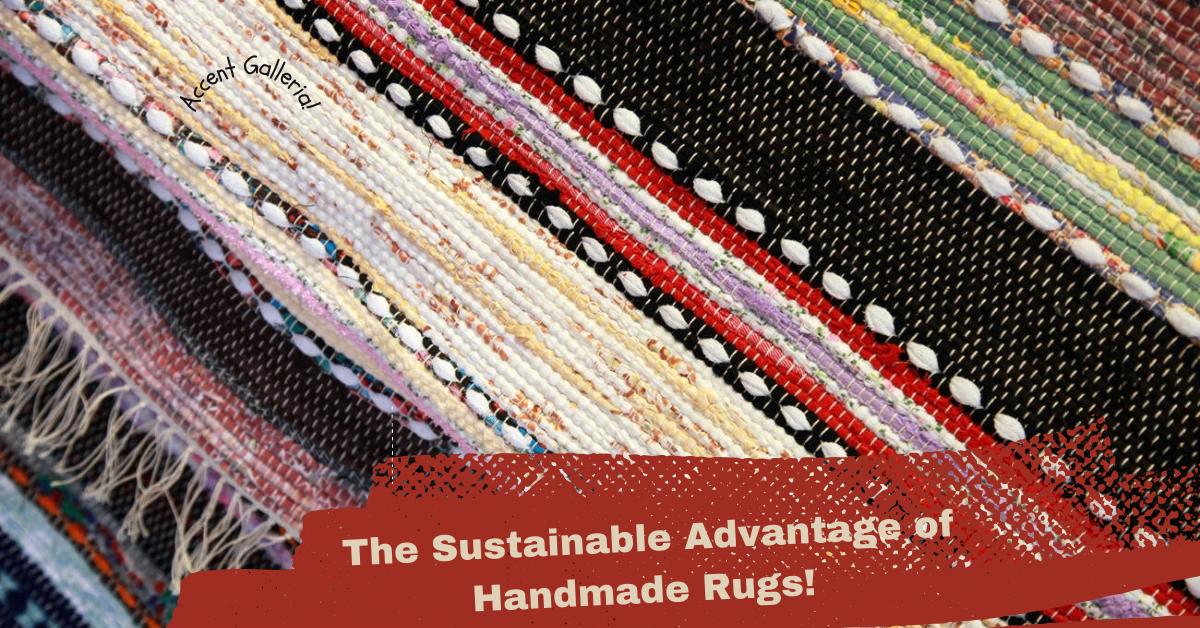“Oriental carpets” are made with handwoven or hand-knotted one-piece rugs. Oriental is made in South Asian countries. These carpets may be a pile woven or without woven with pile these are made with silk, wool, and animal hairs. Oriental carpets may be found in different textiles and styles. These are made with utilitarian’s. Oriental rugs consist of natural sheep’s wool.
There are different types of Oriental Carpets:
- Turkish Rugs:
Turkish rugs are woven in Turkey often with tribal designs. Turkish Rugs are available in different designs. Turkish is known for its bold designs.
- Caucasian Rugs:
Caucasian rugs are known for their geometrical appearance. They are made with woven piles. Every rug has its unique characteristics. You can choose the best rug. by exploring. You can choose a rug according to your budget. Rugs are crafted in different styles and designs and various colors. You can choose a rug according to your choice. For Example: If you are obsessed with vibrant colors. then you will choose colorful carpets.
- Oriental Rug Weaving:
Oriental rug weaving is an ancient art form that involves several traditional techniques, each contributing to the unique characteristics and high quality of these rugs. Here are some of the primary techniques used in oriental rug weaving:
Knotting:
- Symmetrical (Turkish or Ghiordes) Knot: This knot involves passing the yarn over two warp threads, pulling it back through the middle, and then tightening it. This technique creates a durable and dense pile.
- Asymmetrical (Persian or Senneh) Knot: In this method, the yarn is wrapped around one warp thread, then passed under the adjacent warp thread, and pulled back through the middle. This allows for finer detailing and more intricate designs.
Waving:
- Flat Weave (Kilims): Unlike knotted rugs, flat weaves are made by interweaving the warp and weft threads. Kilims are known for their lightweight and reversible nature, featuring geometric patterns.
- Pile Weave: This involves knotting the yarn around the warp threads to create a pile. The height and density of the pile can vary, influencing the rug’s texture and durability.
Dyeing:
- Natural Dyes: Traditional oriental rugs often use natural dyes derived from plants, insects, and minerals. These dyes are known for their rich and varied hues, which can change subtly over time.
- Synthetic Dyes: Modern techniques sometimes use synthetic dyes for more consistent and vivid colors.
Design and pattern:
- Geometric Patterns: common in many tribal rugs, featuring bold and simple geometric shapes.
- Floral and Curvilinear Designs: Found in more intricate and urban designs, often depicting floral motifs, vines, and arabesques.
- Medallion and All-Over Patterns: central medallions with repeating border designs or patterns that cover the entire rug without a central focal point.
Tools and material:
- Loom: A frame or device used to hold the warp threads in place while weaving.
- Warp and Weft Threads: The foundational threads that create the structure of the rug. Warps run vertically, while wefts run horizontally.
- Shears and Combs: Used to trim the pile and keep the weave tight and even.
Finishing:
- Washing: cleaning the rug to remove any loose fibers and to bring out the colors.
- Ringing and Edging: Securing the ends of the rug to prevent unraveling and adding decorative finishes.
Conclusion:
Each region and culture within the oriental rug-producing world, including Persia (Iran), Turkey, the Caucasus, India, and Central Asia, has its unique variations and specialties within these techniques. This diversity contributes to the rich variety of styles and qualities found in oriental rugs. For more info, Contact Accent Galleria team.



